WEED FEED / John Ross Ferrara / Monday, July 31, 2017 @ 10 a.m.
Weed Feed: What Uses More Water: Beef, Wine or Weed? Let's Check the Numbers
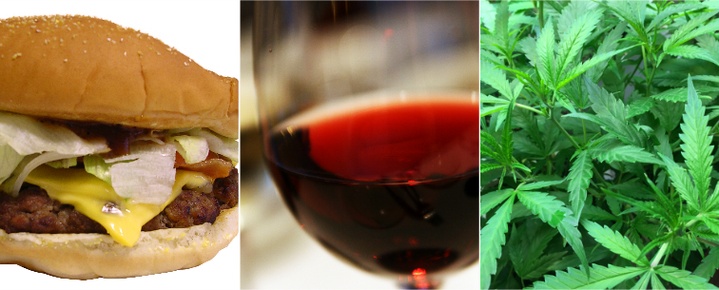
Photos from Wikimedia.
Weed, wine or beef: chances are you have one or all of these in your home. Now prepare to feel a whole lot of guilt.
Last week, San Louis Obispo County’s Planning and Building Department put out a report on the amount of water needed to produce cannabis versus other common commodities.
California’s historic five-year drought, which ended earlier this year, sparked debates at civic meetings all across the state over how much water commercial cannabis actually soaks up. The question, although noble, has generally been raised by those opposed to marijuana use. But nonetheless, it’s still a good question: How much water does cannabis consume? With recreational pot sales five months away, there’s still no straightforward answer.
According to San Louis Obispo County’s report, cannabis plants require roughly a gallon of water, per pound of bud, per day. Or, 150 gallons of water total by the time the bud is ready for harvest. The report also acknowledges that water usage for weed varies based on planter size, media density, climate type, indoor/outdoor cultivation and cannabis strain.
Comparatively, the report states that 870 gallons of water is needed to make one gallon (eight pounds) of wine. And about 1,800 gallons of water is needed to for one pound of hamburger meat.
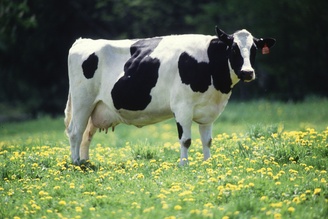
A big thirsty dairy cow. | Wikimedia.
The county, which didn’t actually perform its own study, attributed its cannabis water consumption numbers to the Mendocino Cannabis Policy Council and the Emerald Growers Association — two local marijuana advocacy groups.
So weed uses way less water? Hurray, drugs!
But not so fast, a separate report put out by the California Department of Fish and Wildlife in 2015, claims that cannabis plants use an average of 22.7 liters, or six gallons of water per day, during a 150-day cycle. That’s like way more water than the other report, man.
And this is where things start to get all kinds of confusing: the CDFW report cites its cannabis water usage numbers from a 2010 Humboldt County Medical Marijuana Land Use Draft Proposal put together by the Humboldt Growers Association — The Emerald Growers Association’s old name, and the same exact source used by San Louis Obispo County.
In an effort to make sense of this, Weed Feed decided to check the numbers and see what’s going on here. So prepare yourselves Humboldt, we’re totally about to do math.
Although San Louis Obispo County and the CDFW are citing the same source, they somehow have drastically different results. And the variable here seems to be how much weed one plant makes.
If we assume a cannabis plant can produce two pounds of bud, one plant needs about 300 gallons of water according to the San Louis Obispo County report.
Meanwhile, according to the CDFW, one cannabis plant requires 900 gallons per season — three times as much water. Going by these figures, a cannabis plant would have to produce six pounds of bud per season for the math to work out between the CDFW and San Louis Obispo County reports.
According to a statement put out by the Mendocino Cannabis Policy Council in response to the CDFW’s 2015 findings, most professionally grown plants can produce between two and four pounds of bud.
“The Mendocino Cannabis Policy Council, along with the Emerald Growers Association, has polled numerous cannabis cultivators about their water usage,” the MCPC statement reads. “Our canvassing indicates that most cannabis farmers grow plants that average between two and four pounds, and use five gallons a day during the summer months. For the first three months (sprouting and transplanting) the entire crop’s water needs are minuscule, just few ounces per plant. A two-pound plant is estimated to consume 500 gallons during the eighth-month season.”
Despite the drastic variations in each report, the amount of water required for a pound of weed is still consistently lower than a pound of beef, a gallon of wine or many other items found at your local grocery store. Check it out for yourself: A report put out by the Water Footprint Network, an organization aimed at solving the world’s water crises, lists the water consumption of many items you’ll find in your fridge. (Click here for a simpler diagram put out by National Geographic based on the WFN’s findings.)
Not to dismiss the many potential environmental hazards posed by illegal and unregulated grow sites. Siphoning H20 from local watersheds can be detrimental to wildlife, and destroy ecosystems. According to the same CDFW report, diminished stream flows due to the high water demand from cannabis cultivation: “Is likely to have lethal to sub-lethal effects on state and federally listed salmon and steelhead trout and will cause further decline of sensitive amphibian species.”

The infamous water bladder filled with illegally diverted water. Found during a local bust in 2015. | HCSO.
But will recreational cannabis cause a surge in local weed production? Although many states, like Colorado, Washington, Oregon and Nevada have all exceeded their anticipated recreational cannabis sales, one local cannabis lobbyist thinks that California’s pot production will actually decrease come January.
Last week, Hezekiah Allen, the executive director of the California Growers’ Association, was quoted in the LA Times, warning that in-state growers produce eight times the amount of weed actually consumed in California.
“We are producing too much,” Allen is quoted saying in the LA Times. “[Licensed growers] are going to have to scale back. We are on a painful downsizing curve.”
Allen bases this claim off the idea that permitted growers are still prevented from exporting excess cannabis out of state. But let’s be honest — that hasn’t stopped them before. And a letter put out by the Humboldt County Sheriff’s office on July 20, states that one-fifth of all local growers are still working under the table. But if Allan is right, it would mean a significant reduction in California’s cannabis water footprint.
Whether or not recreational cannabis will be more detrimental to Humboldt’s local watersheds will probably be better answered in 2018. But as far as state-wide water usage goes, conservationists raising hell over weed at city hall meetings would be more productive focusing on what’s inside their own shopping carts.
How much water is in your grocery cart? | CNN.
###
The Weed Feed is a weekly column written by John Ross Ferrara.
The Weed Feed is a one-stop shop for the best local and national cannabis news.
Each week, original content will be posted to the page, as well as various other stories from around the country.
These aggregated stories are organized into six separate sections. The News (basic news), The Biz (financial news), The Life (features), The Game (sports), The Fame (celebrity), and the Grub (food).
The News
The Biz
The Life
The Game
The Fame
The Grub
The Humboldt Chronicles
- A Congressperson Dropped By
- A Chat With Jesse Duncan
- September NEWS ROUNDUP!
- Trad Ag Vs Canna Ag
- A Fabulous News Roundup
- All About Budtending
- A Conversation With Papa & Barkley
- Revisiting A Market Disruption
From the Outpost
- Supervisors Receive Report on the Declining Cannabis Industry and its Watershed Impacts, Then Vote to Shut Down a Nuisance Farm
- (PHOTOS) Marijuana Enforcement Team Busts Large, Illegal Grow Near Berry Summit, Sheriff’s Office Says
- Bro, Harsh! Recent Studies Suggest Weed Strains Are Meaningless, CBD Doesn’t Ease Anxiety and Other Cannabis Wellness Claims are, Like, Totally Bogus
- Environmental Groups Say County Has Abandoned Its Duty to Fully Assess the Weed Industry’s Impacts
- FINALLY! Shoot Up Your Friends in the New ‘Humboldt Growhouse’ DLC Map From ‘Call of Duty’
- Papa & Barkley to Merge With LA-Based Cannabis Distribution Company Amid Industry Challenges
- Eureka City Council Approves Letter of Opposition to Measure A, the Humboldt Cannabis Reform Initiative
- Judge Denies Effort to Keep Measure A, the ‘Humboldt Cannabis Reform Initiative,’ Off the March Ballot
The Feed
- Leafly: Weedy Mother’s Day gifts for the cool moms of 2024
- Cannabis Law Report: Australia: Vitura wins injunction to prevent tech partner switching off CanView system
- Cannabis Law Report: Press Release: National bar association for criminal defense attorneys, “Decriminalization of Marijuana and Clemency Urged for Non-Violent Cannabis Offenses: Nation’s Criminal Defense Bar Calls on President Biden”
- Cannabis Law Report: Mississippi city councilman pleads guilty to selling fake CBD products in stores – forfeits a monster truck!
- Cannabis Law Report: ESPN analyst Paul Pierce being sued by cannabis consultant over unpaid wages
- Cannabis Law Report: Missouri: Companies tied to out-of-state firms appeal revocation of social-equity cannabis licenses
- Leafly: Star signs and cannabis strains: May 2024 horoscopes
- Leafly: MITA leads cannabis industry advancements with education & advocacy
- Leafly: History: DEA agrees to move marijuana to Schedule III
- Cannabis Law Report: Juicy Fields Case Website Alleges… “Jim Belushi: Juicy Fields Celebrity Influencer and Facilitator Remains Unprosecuted”
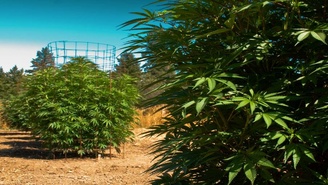

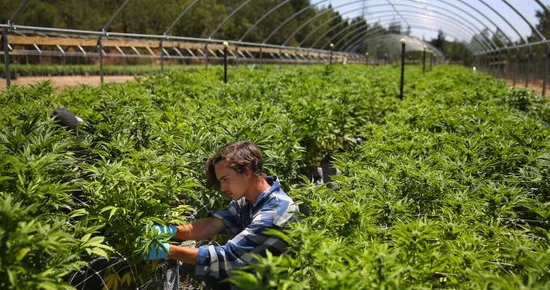
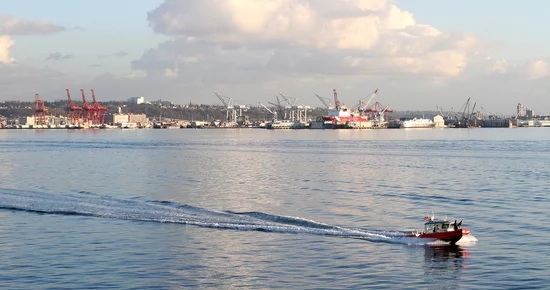
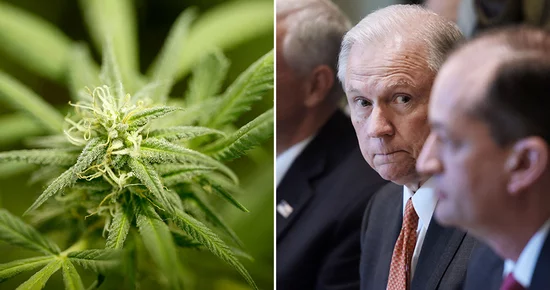
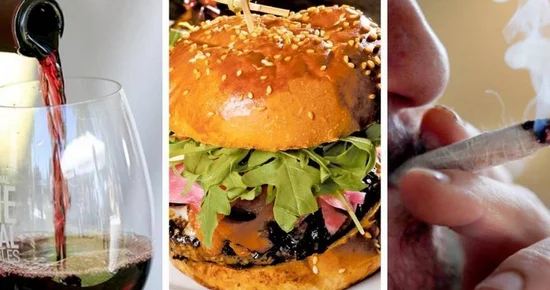


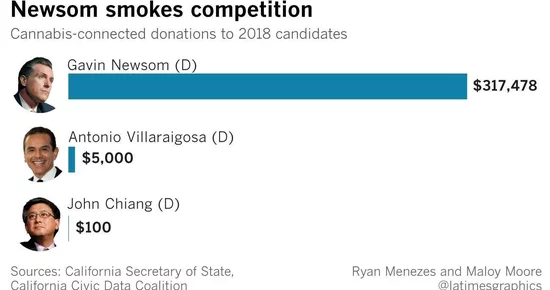
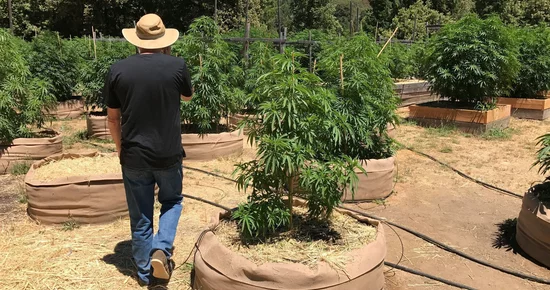

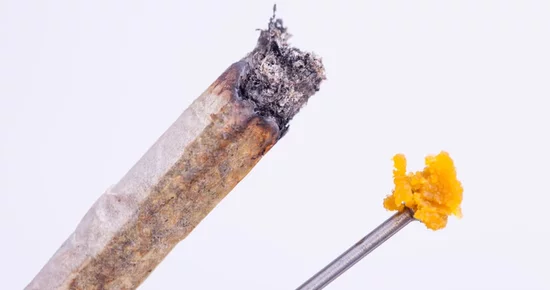
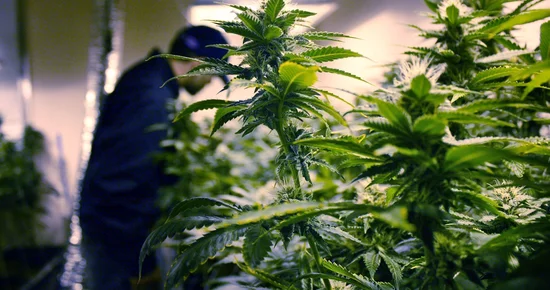








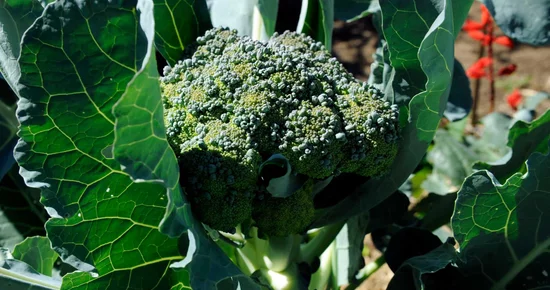
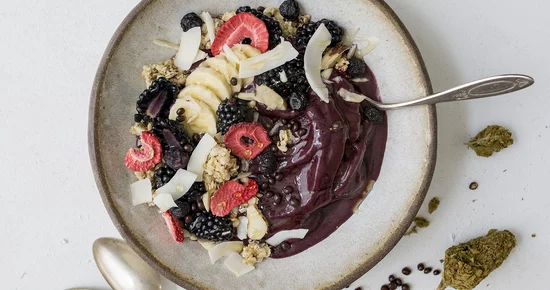
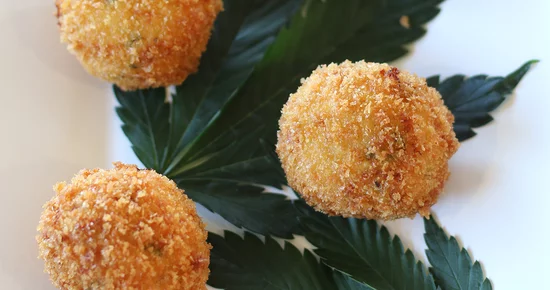
(WHAT?)
CHOOSE YOUR COMMENT EXPERIENCE